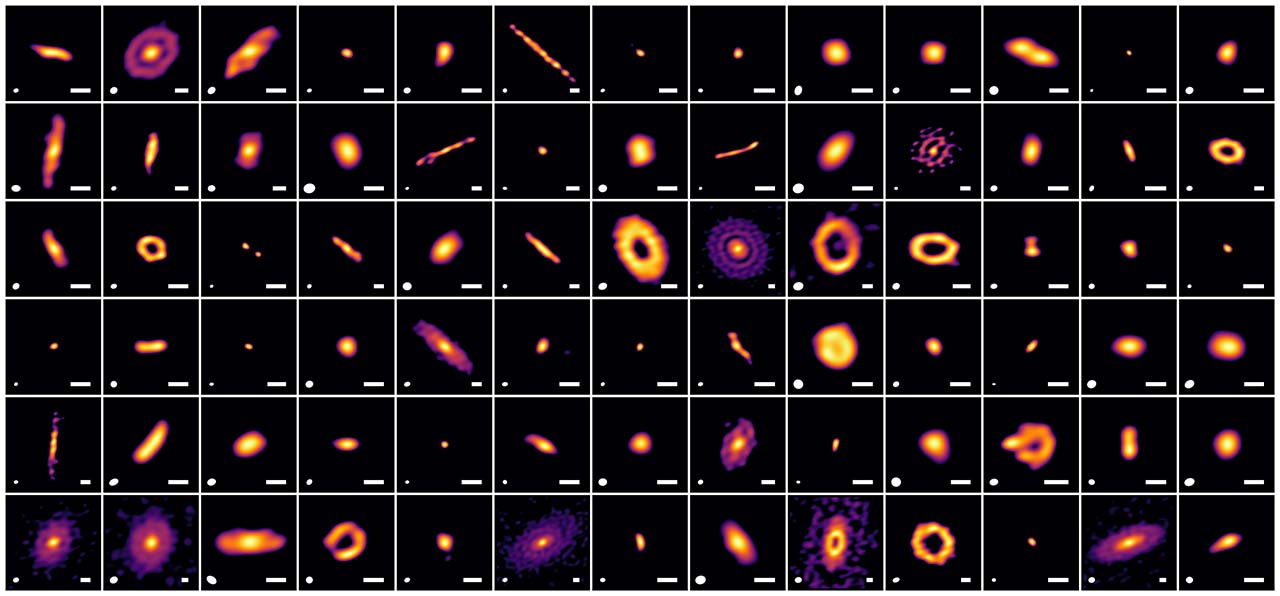New Insights into Planet Formation from Public Data with New Imaging Technique
| Science

Signs of planet formation may appear earlier than expected around still-forming baby stars, according to new results of higher resolution images produced using new improved techniques to reanalyze radio astronomy archive data. These newly discovered signs of planet formation will provide a better understanding of when it begins around a young star, thereby elucidating the process that leads to planet formation, including habitable planets like Earth.
Planets form in disks composed of low-temperature molecular gas and dust, known as protoplanetary disks, found around protostars. Protostars are stars still in the process of forming. The nascent planets are too small to observe directly, but the gravity from a planet can create detectable patterns like rings or spirals in a protoplanetary disk. However, it is difficult to know when these patterns first appeared due to the limited number of protoplanetary disks that are close enough to Earth to be observed in high resolution.
A research team led by Ayumu Shoshi of Kyushu University and the Academia Sinica Institute of Astronomy and Astrophysics (ASIAA) used improved data processing techniques to search for previously overlooked signs of planet formation in archive data from the ALMA (Atacama Large Millimeter/submillimeter Array) radio telescope. The team reanalyzed data for 78 disks in the Ophiuchus star-forming region, located 460 light-years away in the direction of the constellation Ophiuchus. More than half of the images produced in this study achieved a resolution over three times better than that of previous images.
The new high-resolution images show ring or spiral patterns in 27 of the disks. Of these, 15 were identified for the first time in this study. Combining this new sample with pervious work for a different star-forming region, the team found that the characteristic disk substructures emerge in disks larger than 30 au (astronomical units, 1 au = 149,597,870,700 m, the distance between the Earth and the Sun) around stars in the early stage of star formation, just a few hundred thousand years after a star was born. This suggests that planets begin to form at a much earlier stage than previously believed, when the disk still possesses abundant gas and dust. In other words, planets grow together with their very young host stars.
Detailed Article(s)
New Super-resolution Imaging Reveals the First Step of Planet Formation after Star Birth
ALMA